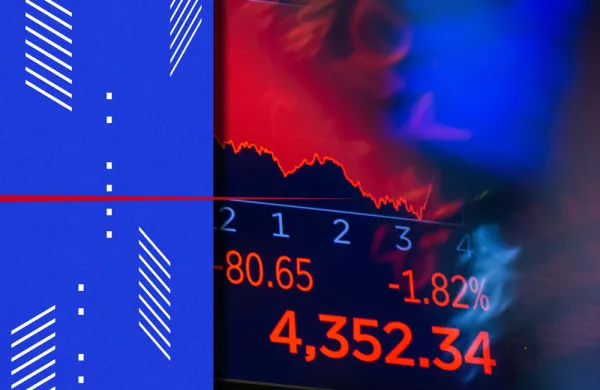Discovery Communications is a media company that owns some of today’s most popular TV channels — Discovery, TLC, Animal Planet, the Oprah Winfrey Network (known as OWN), Investigation Discovery (its true crime channel, known as ID), and Eurosport, among others. Yet Discovery stock has been scratching multiyear lows. Why? In a word: Millennials (See Investors Would Be Wise to Short Stocks in the Media Sector).
If you are reading this and you are between 19 and 35 years old — it’s on you. The market fears that Millennials will not embrace the traditional cable or satellite model. Instead, Millennials are “cutting the cord” — dumping traditional, costly TV subscriptions bloated with hundreds of channels to watch their favorite shows “over the top” (to use the industry term) on the Internet.
These concerns are not baseless, but they are more than offset by other, positive trends, and thus the cord-cutting fear is creating an interesting opportunity in Discovery stock. The company’s revenue will likely grow, not decline, over the next decade. Here is why.
Discovery’s revenues are almost evenly split between advertising and affiliate fees. Affiliate fees are very stable subscription fees Discovery collects through cable or satellite companies from several hundred million subscribers in the U.S., Europe, Asia, and Latin America. The rate of cord cutting has been steady and recently decelerated to less than 1 percent a year.
The fear over disruptive Millennial behavior is exaggerated because of one factor: age. As they get older, they’ll become just as domesticated as the rest of us. Let’s take Uber, for instance. It is a great car substitute if your main recreational activity is barhopping on weekends. However, once you have a family, domestic activities such as driving kids to school, soccer practice, and piano lessons turn Uber into a luxury, and having a driver’s license and owning a car become necessities. TV is pretty much the same story. When you are a single male, ESPN, Netflix, and a six-pack are all you need. Once you have a wife, you discover an urgent need for the Food Network (especially if she doesn’t cook), and if you have kids, the Disney Channel is a must. (I am stereotyping here; some women like ESPN just fine.) Suddenly, you find yourself domesticated. You’re calling Comcast, and, just like your parents, you start forking over $150 a month for the cable, phone, and Internet bundle. Welcome to adulthood.
But what if I’m wrong and “over the top” starts taking a bigger and bigger share from the traditional TV model? Content is still king. If you own content — which Discovery does — the conduit is not as important. And Discovery’s content comes relatively cheap: Sharks and polar bears don’t have agents, after all.
But even if I am wrong on the points above, international markets — which account for half of Discovery’s revenues and one third of profits — represent a tremendous growth opportunity. Discovery’s content travels very well around the globe because it is apolitical and acultural. Discovery will take an American-made show, hire local actors in Italy to dub it into Italian, and for a very small incremental cost you have “original” Italian content. The cost of cable is also much lower in Europe — which lowers the incentive to cut the cord — and paid content penetration is still in its early stages there.
Discovery, as a whole, generates $1.5 billion of free cash flows annually. If history is any indication, these cash flows will be put to good use to further increase shareholder value. As an example, over the past five years Discovery has bought back a quarter of its stock.
Discovery’s balance sheet gave us pause at first. It has $7 billion of debt. Though credit agencies rate its debt as investment-grade, after the ineptitude they displayed during the financial crisis, I don’t hold credit agencies’ opinion in high regard. We are risk-averse and have a natural inclination toward companies that economic theorists would say have “inefficient” balance sheets — more cash than debt. There is a good chance that interest rates will be much higher down the road; therefore we’ll err on the side of “inefficiency” versus permanent loss of capital.
When we looked at Discovery’s high debt levels, we first asked ourselves, Is Discovery’s business model hooked on debt? Is it a capital-intensive, low-return-on-capital business? Businesses like pipelines and similar utilities generate a very low return on capital, so, for shareholders to receive a reasonable return on their investment, these companies must borrow a lot of money. Their business model simply doesn’t work without debt.
That is not the case with Discovery. It is not a capital-intensive business, and thus it generates a lot of free cash flows. Also, its management had the smarts to stretch out debt maturities over the next two decades. If interest rates skyrocket and Discovery finds that new debt costs 10 percent, even if Discovery’s free cash flows (which are steady and growing) suddenly drop by a third, it can pay off any debt maturing from now until 2043.
Thanks to Millennials, Discovery has a strong, stable, well-run, growing business that is trading at just 12 times free cash flows — a value if there ever was one.






